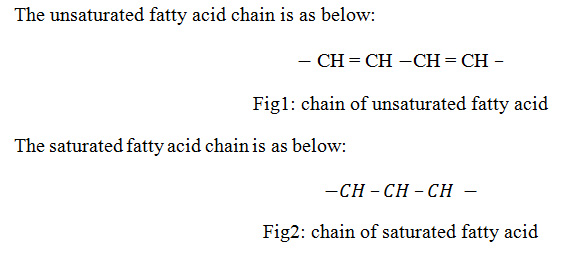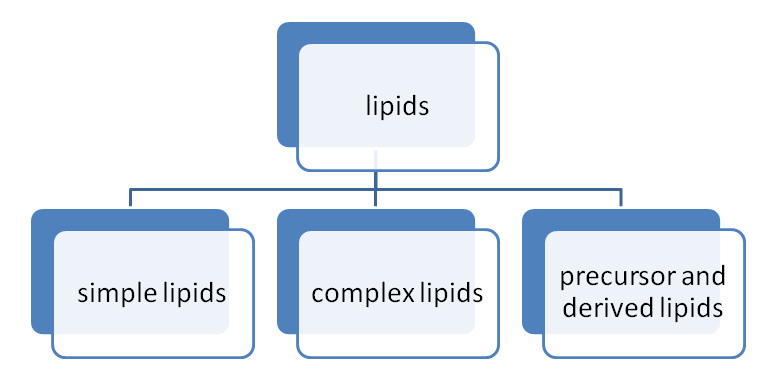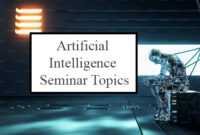LIPIDS PPT | PDF | Presentation Free To Download
LIPIDS PPT | PDF | Presentation: Lipids are a distinct group of compounds, including oils, waxes, steroids, fats and similar compounds that are very much connected by their physical property rather than their chemical property. Lipids are a group of compounds that are differentiated by their feature of solubility in nonpolar solvents and insolubility in water. They play a vital role in biological systems as they form a cell membrane and a cell membrane is a mechanical obstruction that separates a cell from the external environment.
Also See: Non Technical Topics
LIPIDS PPT | PDF | Presentation
Lipids furnish energy for life and there are many lipids which are important to life, including fatty acids, steroids, triglycerides, glycerophospholipids, and sphingolipids. Fatty acids are vital constituents of all these lipids and there are two important varieties of fatty acids and they are as follows:
- Saturated fatty acids and
- Unsaturated fatty acids

Biological roles of Lipids:
Similar to ether and chloroform, lipids have the usual property of being soluble in nonpolar solvents and insoluble in water. They are considered as a vital constituent of diet not only because of more energy value but also due to the fatty acids present in the fat of natural food. The vital cellular constituents are lipoproteins which are combinations of proteins and lipids. Vital biomedical fields like diabetes mellitus, obesity and atherosclerosis can be understood with the knowledge of lipids.
Also See: IR spectroscopy PPT
Classification of Lipids:
The lipids are classified as two types and they are as below:
- Simple lipids
- Complex lipids
- Precursor and derived lipids
Simple lipids: Simple lipids are the esters of fatty acids with several alcohols.
- Fats: they are the esters of fatty acids with glycerol and oils are a type of fat that is in the state of liquid.
- Waxes: these are also the esters of fatty acids with more molecular weight.
Complex lipids: complex lipids are the esters of fatty acids which have groups in addition to fatty acid and an alcohol.
- Phospholipids: these are the lipids that have fatty acid, phosphoric acid residue, and alcohol.
- Glycolipids: the glycolipids are also called as glycosphingolipids and they have fatty acid, carbohydrate, and sphingosine.
- Other complex lipids: the lipids like lipoproteins, sulfolipids, and amino lipids can be placed in this type of lipids.
Also See: Hypertension PPT
Precursor and derived lipids: this type of lipids contains fatty acids, steroids, glycerol, fatty aldehydes, ketone bodies, other alcohols, hydrocarbons, hormones, and lipid-soluble vitamins.
The below diagram explains about the classification of lipids:

Fig3: Classification of Lipids
Digestion and Absorption of Lipids:
The important lipids in the food are triacylglycerols and after triacylglycerols, phospholipids take the next place, fat soluble vitamins absorption is deteriorated on a diet of very low fat. Free fatty acids are very quickly removed and oxidized from blood to become triacylglycerols in tissues. In the mucosal cells, the total long-chain fatty acids are absorbed and are converted to triacylglycerols. The triacylglycerol with other products enters the blood stream through thoracic duct. Triacylglycerols are conveyed from the liver in very low-density lipoproteins and from intestines in chylomicrons.
Also See: Chromatography ppt
Lipoprotein Sources and Components:
The below table explains about the lipoprotein sources and its components along with apolipoproteins.
Lipoprotein | Source | Vital lipid components | Apolipoproteins |
| HDL | Liver, intestine, VLDL, chylomicrons | Phospholipids, cholesterol | C-II, C-III, D, E, A-I, A-II, A-IV, C-I |
| LDL | VLDL | Cholesterol | B-100 |
| IDL | VLDL | Triacylglycerol, cholesterol | B-100, E |
| Chylomicrons | Intestine | Triacylglycerol | A-I, A-II, A-IV, B 48, C-I, C-II, C-III, E |
| Chylomicron remnants | Chylomicrons | Triacylglycerol, phospholipids, cholesterol | B-48, E |
| VLDL | Liver | Triacylglycerol | B-100, C-I, C-II, C-III |
Fig4: Table of Lipoprotein Sources and Components and Apolipoproteins
Also See: Climate Change ppt
Content of the Lipids PPT and PDF
- Introduction
- Definition
- Importance of Lipids
- Functions
- Major Lipids Of Physiological Significance
- Applications
- Advantages
- Disadvantages
- References
Here we are giving you Lipids PPT with PDF report. All you need to do is just click on the download link and get it.
It was all about Lipids PPT with pdf report. If you liked it then please share it or if you want to ask anything then please hit comment button.



Leave a Reply